For nearly ten years, photographer Andrew Moore has traveled to homestead sites along the 100th meridian line of longitude that runs through Nebraska, North and South Dakota, Kansas, Oklahoma, and Texas, to witness how pioneers attracted by the Homestead Act have fared generations later. Moore used a crop duster to to access and photograph inaccessible rural sites, and he used both medium format digital and large format film cameras to document the landscape and its inhabitants, which are featured in his new book, Dirt Meridian.
Follow the New Republic on Instagram for a behind-the-scenes look at the creation of Dirt Meridian.
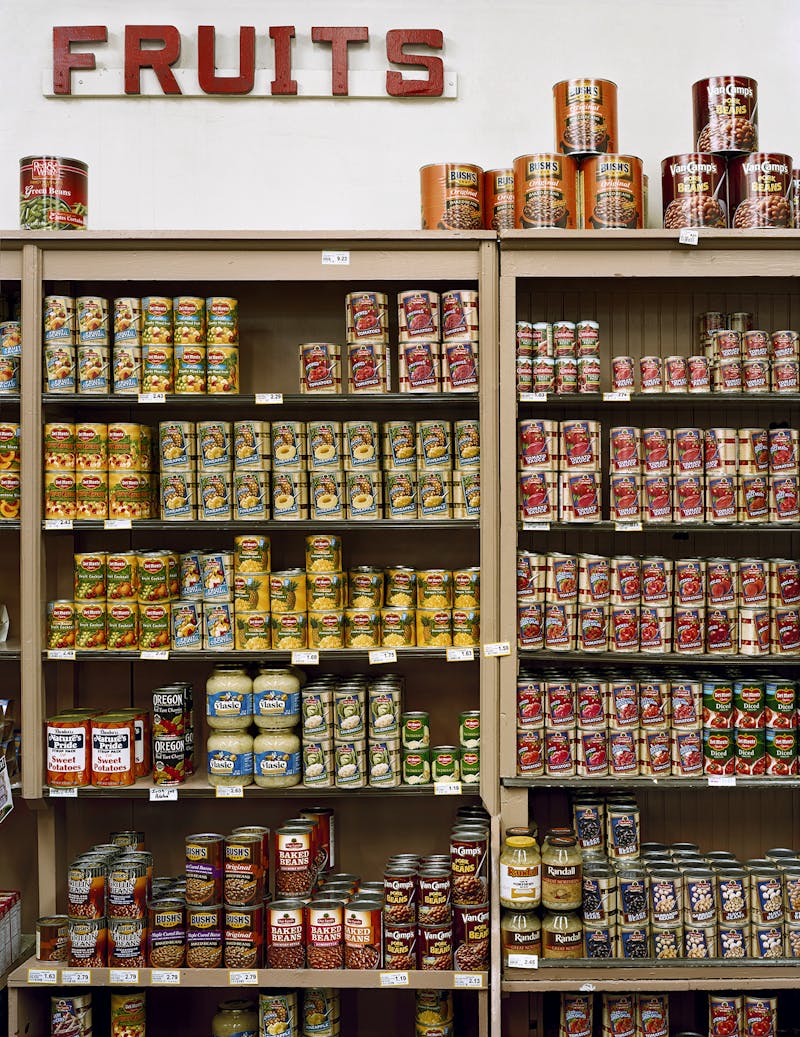
This small-town grocery store was opened by the Heizer family in 1930 and is currently owned and operated by Joe and Katie Rieken. The store’s wooden interior remains in remarkably unaltered condition.
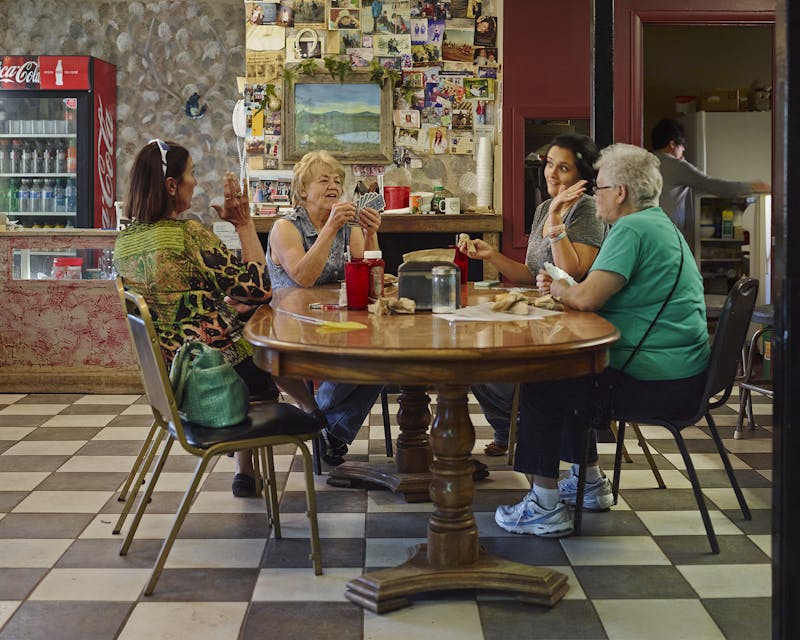
Near the front door at this small restaurant in Keene, North Dakota is a sign that says “Almost World Famous Dixie’s Cafe” The cafe is operated by Dixie Brown, who is helped out by both her daughter and mother, who are seen in the picture. This is where all the neighbors get together for breakfast or lunch, or just to visit and play cards.

Mrs. Ferrell is said to have remarked that this one-and-a-half-story sod house was the warmest home she ever lived in. Homesteaders often built sod houses because of the low costs and simplicity of construction. Sod was cut into ribbons three-to-six inches thick and one-to-three feet long, with the grass-side down, and the seams were staggered to form the walls. Two or three of these ribbons gave the walls thickness, and on every fourth layer sod bricks were laid crosswise for added strength. Some sod houses have been plastered over, fitted with new roofs and are still in use; unrestored examples are extremely rare. The skeletal remains here are those of a coyote.

When not writing poetry or accounts of local history, Edgar Simon, a fifth-generation farmer and rancher, works on his invitation-only Simon’s Schoolhouse Museum, which has had a thousand visitors since it opened in 1972. He points out that unlike other museums, which have only one of any particular item on display at a time, he tries to collect and present every possible variation of the objects that fascinate him.
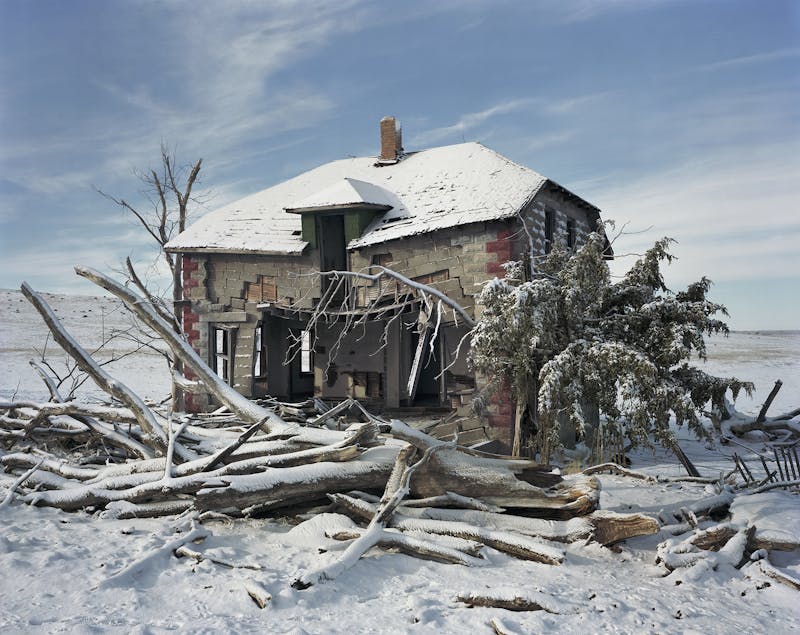
Susie Fehr Grossenbacher’s homestead was the scene of many parties, dances and other fancy affairs. For such events, guests might arrive in the late afternoon, be served dinner at midnight, and depart after breakfast. She was the sister of Mary Fehr Sandoz, the fourth wife of “Old Jules” Sandoz. The house is located between the Swiss-Beguin Cemetery and Old Jules’ home on the Niobrara.
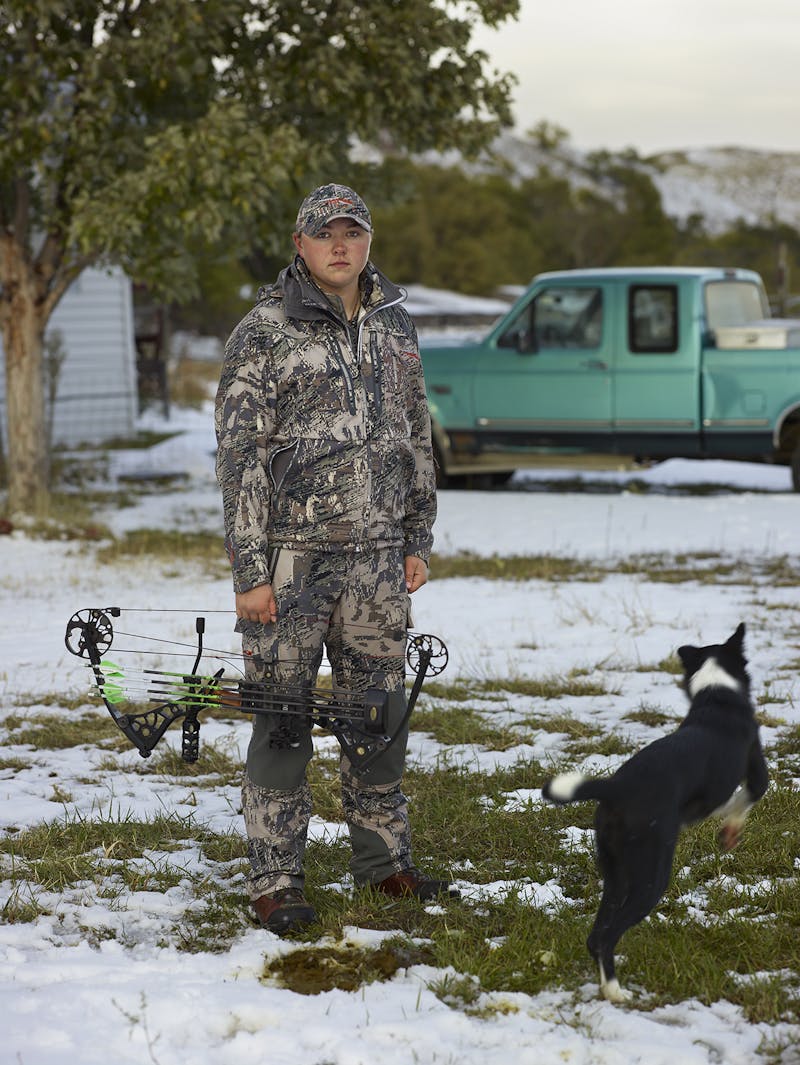
Jordan has been hunting since she was seven years old, and while she learned about firearms from her father, she taught herself the art of bow hunting through study and continual practice. The draw weight on her bow is about fifty-eight pounds, and although she’s only shot deer and turkey with it so far, it’s lethal enough for any game animal in the lower forty-eight states, including an elk, which she hopes to get soon. As she points out, “shot placement is the most important thing in archery as far as getting an animal.”
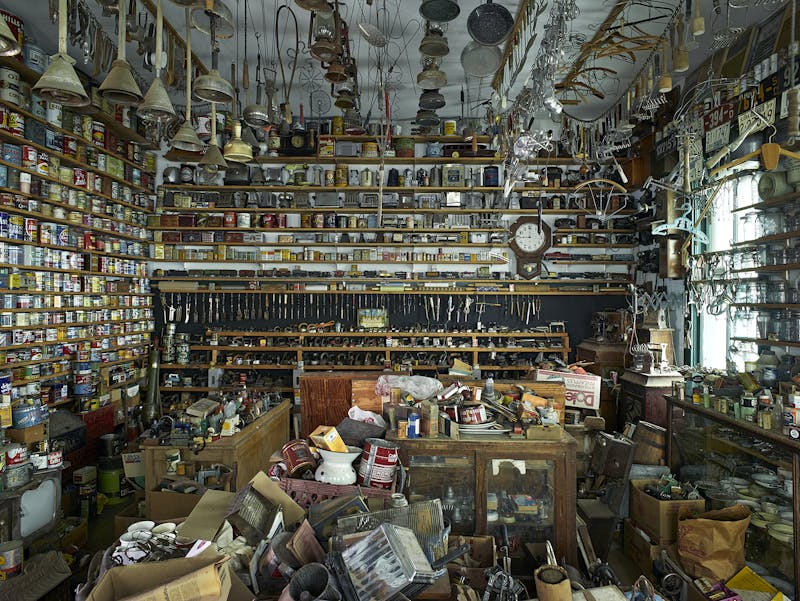
December 26, 1994
Went to the antique shop
To buy an old clock.
But seen this tin of old salve,
That I just had to have.
And then this pretty tea can,
That came straight from Japan.
And of course this toy horse.
So what could be sweeter
Than this toy eggbeater.
Guess I’d better call it a day,
Until I get more pay!
Edgar Simon, Simon Says… Poems of a South Dakota Farmer
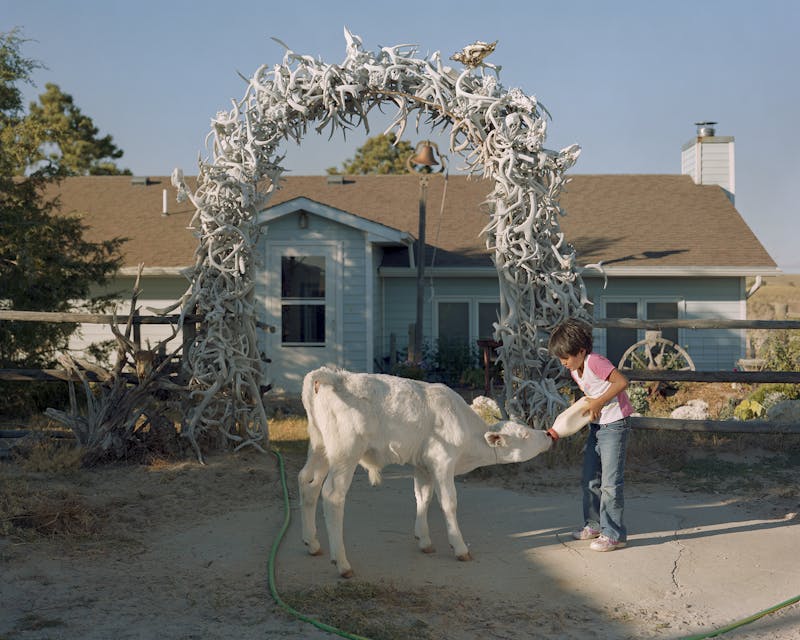
Calves whose mothers have died or who have been abandoned are often fed by hand. Fawn Moreland, who is part Ogallala Sioux, came to live with Ken and Sharon Moreland on Christmas Day when she was six years old.
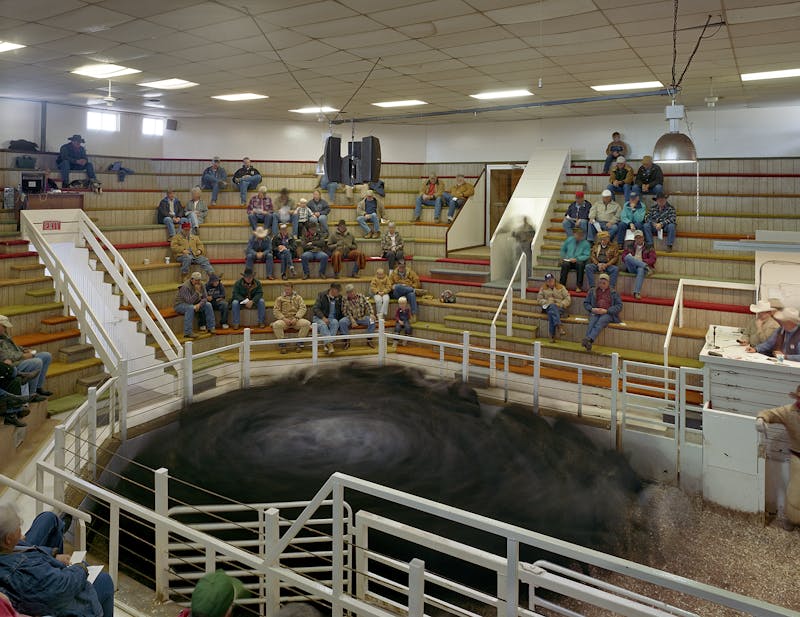
Bassett Livestock Auction is one of the state’s top auction houses, but generally ranchers refer to these places as “sale barns.” Most towns of any size in cattle country have one. Be it for calves or cows, every rancher relies heavily on the sale barn to provide a market and buyers for his cattle. It is custom to stay until everyone’s livestock has been sold, no matter where your own cattle fall in the day’s program (the “poop sheet”), to show concern for your neighbors’ hard work.
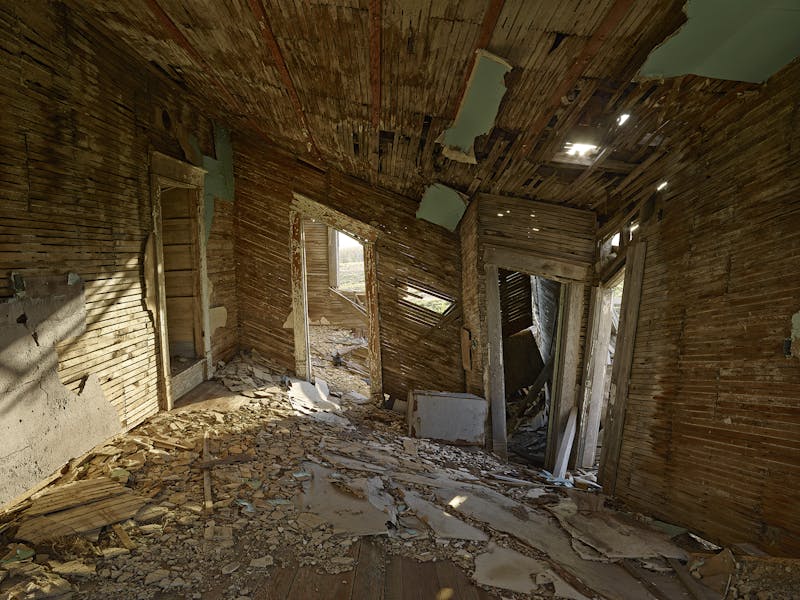
This is the interior of a Sears Roebuck “sent for” house. The first Sears Modern Homes catalogue was published in 1908, the same year Ford introduced the Model T automobile. Many folks in this part of the country would have remembered construction of the hand-built soddie or log cabin on the family homestead, so the prospect of building one’s own home wouldn’t have been all that daunting. The manual that came with the building materials offered this admonition: Do not take anyone’s advice as to how this building should be built.

This tree originally stood in the yard of a two-story log house owned by Del Hatten.
As the story was related to me, one day his wife left him and went back to her parents; Del, who was drunk, went looking for her, took a shot at her on her folks’ porch and, although he missed her, he assumed she was dead and promptly rode down to the river and killed himself. He was originally buried just outside the little cemetery just down the road from this tree, although the unmarked grave is now inside the fence.